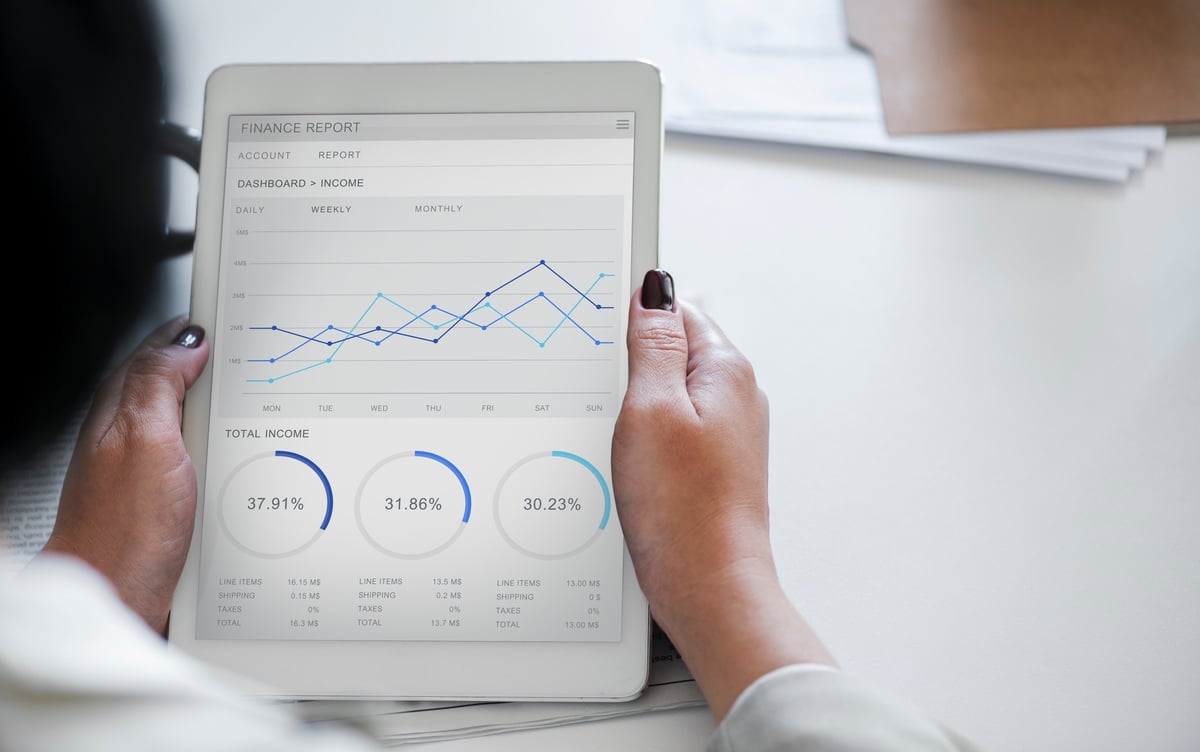Basic Revenue Projection and Forecasting Every Company Should Know
Business owners often scramble when it comes to managing their working capital. In order to keep the ball rolling, maximizing your resources is a must and in the company’s financial matters, revenue projection and forecasting does the trick.

Whether you admit it to yourself or not, budgeting is – and always will be - one of your greatest struggles as a business owner. For most entrepreneurs, budgeting is difficult because the mere idea of setting definite limits on your spending is a struggle in its own right. But with practices such as projection and forecasting, you can surely craft budget plans for the long haul.
What is revenue projection?
Revenue projection is the process of calculating the expected revenues coming from your business for a certain period.
Forecasting your revenues gives you the upper hand in mapping out your expenses as it gives you a clearer picture of your business finances based on the profits that your business has generated. Likewise, forecasting your revenues will also help you make business decisions that work to the advantage of your critical business numbers.
More than anything else, the process of forecasting your revenues involves a systematic way of accounting for your business expenses. There are basically two types of expenses that you should consider: fixed costs and variable costs.
Fixed costs
Fixed costs are expenses that do not change regardless of your production or sales. A good example of a fixed cost are the fees incurred for renting machines or leasing your office space. Noting that these types of expenses helps ease you into the process of forecasting your revenues because it will give you a clearer idea of the exact amount that your business is spending on certain items on a regular basis.
Variable costs
Variable costs, on the other hand, are expenses that invariably change depending on the level of your business productivity. Labor and raw materials are some of the most common examples of variable costs.
So how do you forecast revenue for a company? While there are a lot of different aspects in forecasting your revenues, generating two forecasts is often deemed as a good practice. Ideally, you should create an optimistic forecast and a conservative one.
Conservative revenue forecast
A conservative revenue forecast is more flexible in the sense that it allows more leeway for worst-case scenarios. Generally, these forecasts allow you to take a whole new perspective to your business situation in the assumption that certain business and economic factors have the potential to affect your revenues. It makes room for the possibility that you may not reach your target profits.
Optimistic revenue forecast
The optimistic revenue forecast is the opposite – it works on the assumption that your business will continue to thrive and as such, the revenues projected are based on a very positive business performance. These forecasts further delve into finding creative ways to help you and your business reach its financial aspirations through innovative strategies and modern business solutions.
Why should you create two forecasts? Isn’t one forecast enough? In a nutshell, we may say that these two forecasts have different approaches and thus they will also likely yield different results.
Related: Advantages of Accurate Revenue Projection for SMEs
This post was first published 3 November 2014 and edited 17 February 2021.
Edited by: Maria Katrina dela Cruz



